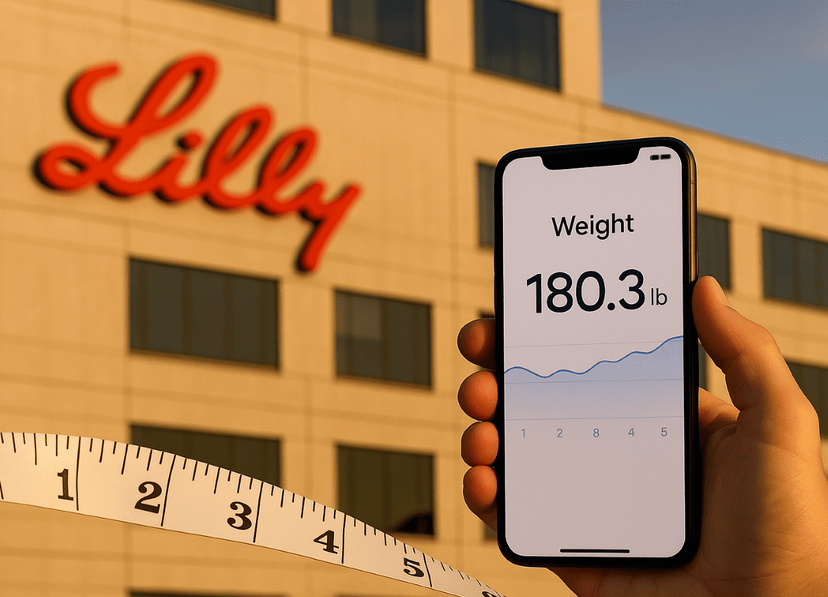Gaza Ceasefire Eases Risk Premiums: What Markets Could Do Next
By Tredu.com • 10/9/2025
Tredu

Ceasefire Agreement: What’s Changed
After months of conflict, Israel and Hamas have agreed to a first-phase ceasefire and hostage-release deal, pausing hostilities and setting terms for further movement.
Under the agreement, Hamas will release living hostages within 72 hours of commencement, and Israel will release around 2,000 Palestinian prisoners while enabling more humanitarian aid into Gaza.
Markets responded quickly: oil prices dipped as the Middle East risk premium eased; global stocks were mostly higher; shipping names like Maersk were pressured on expectations of route normalization.
Key Market Channels & Possible Moves
Oil & Energy: Risk Premium Contracts
The surge in oil prices during heightened conflict periods largely reflected a geopolitical risk premium, not supply constraints. With the ceasefire, that premium is likely to fade. Reuters reported Brent futures down ~0.5% post-deal.
However, supply fundamentals remain tight, OPEC+ producers haven’t fully met output commitments, and disruptions may persist if escalation resumes.
Thus, oil may see modest downside (1–2% off peaks), especially if the U.S. dollar strengthens.
Gold & Precious Metals: Pause, Not Reversal
Gold had recently broken past $4,000/oz on safe-haven demand. Now, with easing conflict, gold may take a breather, retreating slightly as risk aversion softens. Reuters notes that gold held above $4,000 even after the ceasefire news.
Still, the upside remains because macro uncertainty (rates, dollar, other flashpoints) keeps detached capital interested in hedges. Analysts expect consolidation, not collapse.
Silver, which has outperformed lately, may similarly pause but retain upward bias due to industrial demand links.
Shipping, Logistics & Trade Routes
One overlooked channel is shipping and trade route normalization. Conflict in the Red Sea and Houthi attacks had forced detours and higher freight costs. Ceasefire might reduce threats and allow the Suez/Red Sea routes to reopen fuller.
Maersk shares dropped ~2% anticipating that freight rates might fall if capacity returns.
If shipping costs recede, companies with high transport intensity (bulk, commodities, consumer goods) benefit. Emerging markets reliant on imported inputs may see easing of inflationary pressure.
Equities & Risk Sentiment
With one major source of geopolitical stress alleviated, sentiment may shift toward risk-on, favoring cyclical, financials, industrials, and global equities. Reuters reported global markets mostly advanced post-ceasefire.
Still, this relief is fragile: markets will remain sensitive to other conflicts (Ukraine, Taiwan), central bank hawkish pivots, or ceasefire breakdowns.
Credit, Sovereigns & EM
Reduced conflict risk may ease sovereign spreads for Middle Eastern and regional credits, improving funding conditions. For Israel, a credible peace deal may support its credit metrics.
However, the devil is in the details, if local hostilities resume or consensus unravels, spreads may re-widen.
Key Risks, Caveats & Watchpoints
- Ceasefire durability – If the truce breaks down, risk premiums will return quickly.
Watch for: reports of violations, renewed clashes, or failed mediation. - Regional escalation – Any flareups involving Iran, Lebanon, or Syria could reignite market anxiety.
Watch for: intelligence briefings, missile or rocket incidents, regional military activity. - Energy supply dynamics – Even with reduced geopolitical stress, structural supply tightness may reassert itself.
Watch for: OPEC+ production updates, unplanned outages, inventory shifts. - Monetary policy surprises – Hawkish Fed signals or upside inflation shocks could reverse the relief trade.
Watch for: Fed speeches, U.S. CPI/PCE prints, FOMC minutes. - FX and capital flows – A stronger dollar post-ceasefire could weigh on commodities and emerging markets.
Watch for: DXY index moves, EM bond spreads, cross-border flow data. - Shipping and trade resumption – The pace of Red Sea/Suez route normalization is still uncertain.
Watch for: freight indices, container throughput, port congestion metrics.
How Investors Could Position
- Trim extreme safe-haven exposure: scale modest gold/treasury positions to take some profit, but maintain tail hedge allocation.
- Cycle back into cyclicals: tilt toward financials, industrials, energy names with strong operating leverage.
- Play shipping / logistics names: exposure to lines or infrastructure providers could pay off if trade corridors reopen.
- Monitor oil hedges: sell some directional oil upside but maintain optionality via calls/straddles.
- Watch regional plays: Israel, MENA equities or credits may rally; cautious exposure if ceasefires solidify.
A Gaza ceasefire is no panacea, but it removes a major overhang of geopolitical risk. Markets will likely adjust, the risk premium in oil softens, gold consolidates, shipping stress alleviates, and equities get a boost, but volatility will linger until certainty replaces optimism.

How to Trade Like a Pro
Unlock the secrets of professional trading with our comprehensive guide. Discover proven strategies, risk management techniques, and market insights that will help you navigate the financial markets confidently and successfully.


